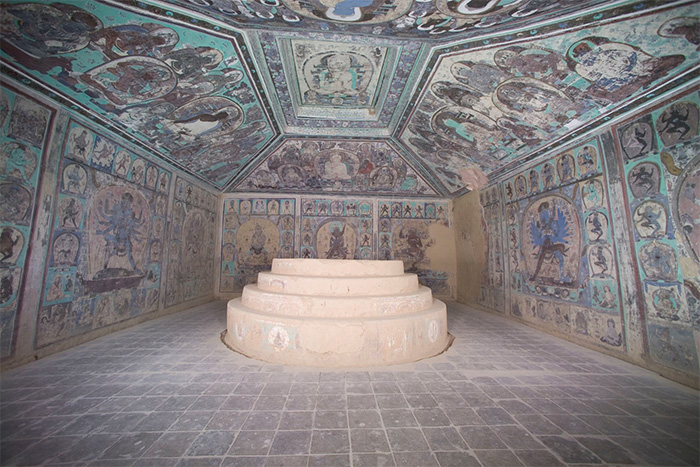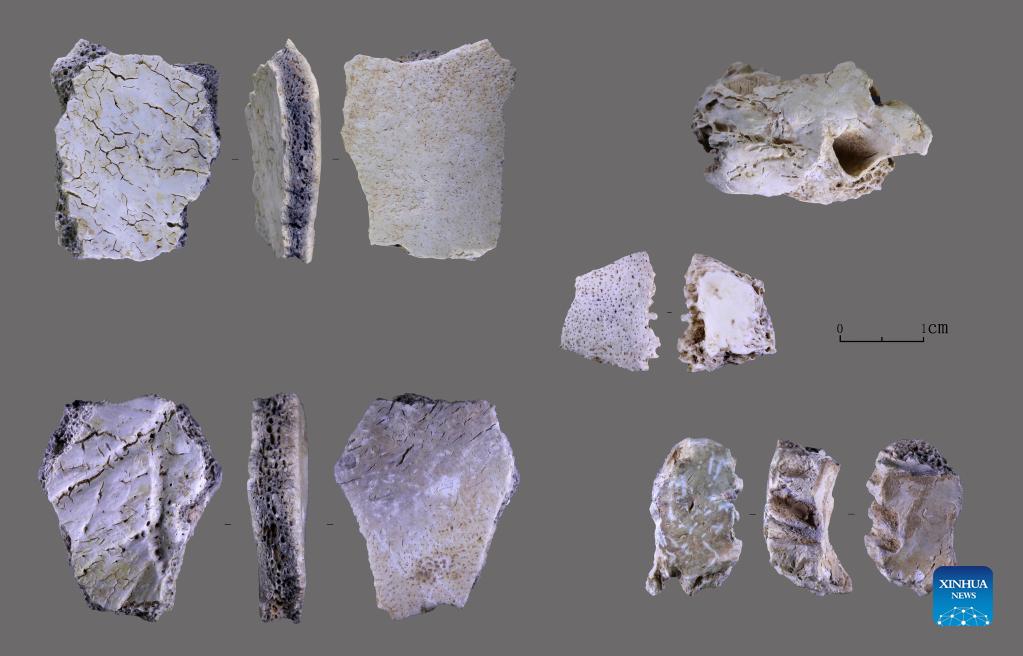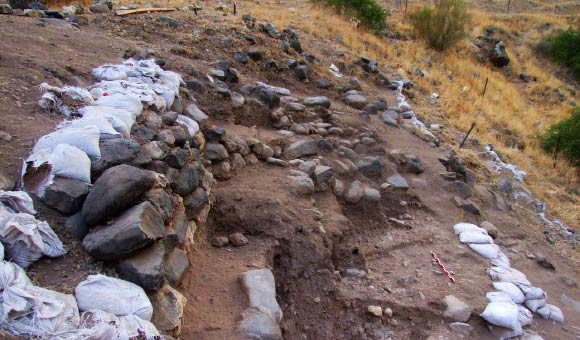800-year-old mistake uncovered by modern imaging
A team of researchers led by the ISAAC lab at Nottingham Trent University have uncovered evidence of an error committed more than 700 years ago while studying painted Buddhist buildings at the Mogao Caves in Dunhuang, China, a UNESCO World Heritage Site.
Read also: Archaeologists discover a 6th-century coin hoard in ancient Phanagoria
Because of the cave’s high ceilings and delicate wall murals, the researchers utilised a range of non-invasive imaging techniques to study them. Since they could examine the paintings from the ground, these approaches allowed them to identify colours and detect fading lettering that would not have been apparent without the use of these techniques In a study published in Scientific Reports, the researchers describe their findings.
There is a ceiling painting of the Five Celestial Buddhas in Cave 465, which has an Indo-Tibetan tantric Buddhist style. “Summary of Dependent Organization” is a Sanskrit statement found at the foot of every Buddha. It is believed that each piece of writing was printed on cinnabar-coloured paper, which was subsequently attached to the ceiling during the consecration rite. It was found that one of the sheets of paper on the west ceiling had been pasted face down, such that the letters were inverted and the lettering was hardly visible.
Like many temples in Mogao Cave, Cave 465’s date has long been a topic of controversy. Over five centuries and three distinct empires were covered by the potential date range suggested: Tibetan in the 9th century, Tangut in the 11th and 12th centuries, and Mongol/Yuan in the 13th and 14th centuries. It was discovered that certain letters had been written in a manner that had not been used since the late 12th century. It was determined that Cave 465’s paintings were created in the late 12th or early 13th century based on the pigment combinations employed in the paint, which corresponded well with the Mongol/Yuan era.
Read also: The oldest non-African modern human fossil was revealed to be 195,000 years old




